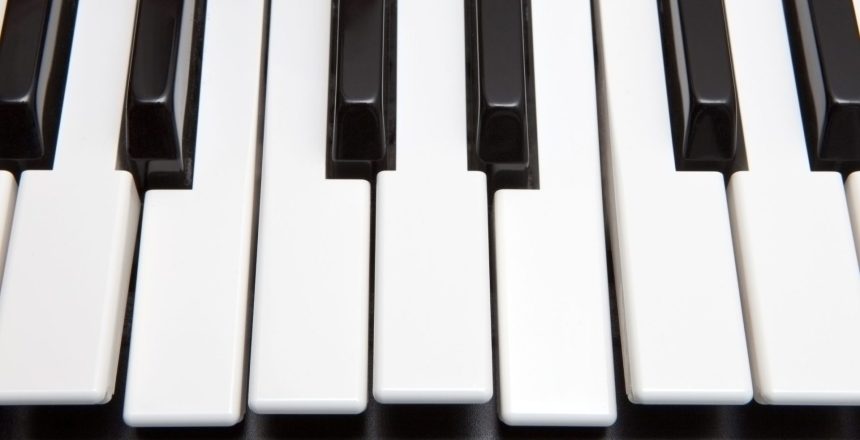So, you’ve mastered the major and minor chords and even the sevenths, but when it comes to chord extensions, you may feel intimidated by the idea of incorporating intervals beyond the basic triads. It is time to explore the world of chord extensions. In this blog, we’ll be discussing 9th chords, a commonly used musical element that adds depth and complexity to songs.
1. What is a 9th Chord?
Firstly we have to understand what is the 9th? The 9th is simply an extension of the basic chord, adding an extra note to the standard triad. This can also be understood as the 2nd in a basic chord, but an octave higher.
2. Why do you use a 9th Chord?
The 9th chord extension can be used in a variety of ways, from adding color and tension to a chord progression, to creating a lush and sophisticated harmonic texture. When used effectively, the 9th can add an emotional weight to a song that resonates with listeners. In pop and rock music, 9th chords are often used as passing chords between other chords. For example, a C9 chord could be used to transition between a C major chord and a D minor chord.
3. The Different Types of 9th Chords
There are three different types of 9th chords: Major, Minor, and Dominant. To use the 9th chord extension in your own songs, it is important to understand how it functions harmonically. The 9th is typically added to dominant 7th chords (chords that lead to other chords) to create a sense of tension and resolution. This tension can be resolved in a number of ways, such as returning to the original chord, moving to a new chord, or resolving to the next chord in the progression. The Major and Minor 9th chords where the 9th is added on top of a major 7th or a minor 7th respectively. The major 9th will create a softer, happy sound with the minor 9th will create a melancholy sound.
4. Examples of 9th chords in Popular Music
One popular example of the 9th chord extension is in the song “Fly Me to the Moon” by Frank Sinatra. The chord progression of the song features a series of 9th chords, adding to the dreamy and romantic feel of the song. The 9th chord extension can also be heard in Stevie Wonder’s “Superstition,” where it is used to add funkiness and groove to the song.
In conclusion, 9th chords are a powerful musical tool that can add emotional depth and sophistication to your songs. By understanding how to use it in your songwriting, you can create harmonically complex and emotionally resonant music that connects with your audience on a deeper level. Don’t be afraid to experiment with different chord progressions and extensions to find the perfect sound for your music.





